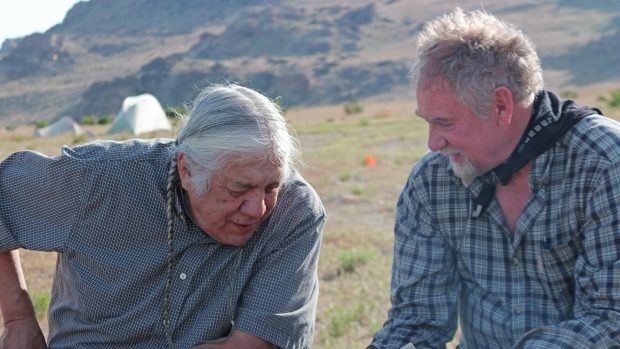
© Proyecto Arqueológico Waka' and the Ministry of Culture and Sports of GuatemalaA jade mask painted red with cinnabar was found in the tomb of the Maya ruler.
The royal tomb was found during excavations of the Palace Acropolis at the Maya city of El Peru-Waka in northern Guatemala. Credit: Damien Marken
Archaeologists digging under a Maya palace in Guatemala say they have opened the tomb of a royal and found a jade mask and bones, both painted bright red.
The tomb was unearthed at the site of
El Perú-Waka' in the rainforest of northern Guatemala. Though the dense city was filled with hundreds of buildings, including pyramids, palaces, plazas and houses, it was only rediscovered in the 1960s, when petroleum workers stumbled upon the ruins.
The site was occupied during
the Classic Maya period (from around A.D. 200 to 800), and it had close ties to the nearby Maya rival capitals
Tikal and Calakmul. A wealthy royal family once ruled Waka' and controlled what was a major trade route along the San Pedro River.
A team of American and Guatemalan archaeologists have been
excavating Waka' since 2003. They've found several burials of kings and
queens (as well as some potential
human sacrificial offerings).
In the latest finding from this past summer, the researchers tunneled beneath the city's palace acropolis and found what might be the oldest royal burial at the site. Based on the style of pottery found at the tomb, they think the burial dates to A.D. 300-350.



Comment: Espionage Act: How the Government Can Engage in Serious Aggression Against the People of the United States